What Is a Fluorine Coating Agent?
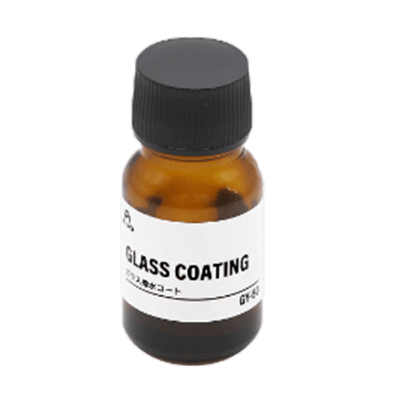
Fluorine coating agents are applied to the surface of a protected object to form a film that gives the protected object various effects, such as slipperiness and stain resistance due to fluorine.
Most products are in the form of a solution of dissolved fluoropolymer, and can be easily applied by brushing or dipping, and can dry at room temperature.
Uses of Fluorine Coating Agents
Fluorine coating agents are used in numerous products and fields because of the various fluorine-derived effects they produce. Examples include touch panel display surfaces requiring water and oil repellency and raw materials for waterproof sprays. Typical applications include coatings on substrates that require waterproofing and on automobile bodies and glass that require antifouling functions.
Principle of Fluorine Coating Agents
Fluorine, the main component of fluorine coating agents, has stable C-F bonds and weak intermolecular cohesive energy (the force of attraction between molecules). This makes the surface tension of fluorine coating agents low. On the other hand, water and oil, which should be prevented from adhering to the object to be protected, attract each other’s molecules, and their surface tension is higher than that of the fluorine coating agent.
Therefore, water and oil with high surface tension become droplets on the film of the fluorine coating agent with low surface tension, and water and oil are repelled. Also, organisms, including microorganisms, have a higher surface tension than that of the fluorine coating agent, making it difficult for them to adhere to the fluorine coating agent, thus making it possible to prevent stains from them.
This repellent property is expressed by the contact angle, which indicates wettability, and is a numerical value that expresses the degree of swelling (liquid height) of droplets formed when a liquid is dropped on a solid surface. Specifically, the angle of the liquid on the solid surface is measured by observing the liquid from the side and measuring the angle of the liquid at the end point of the droplet with respect to the solid surface. A contact angle greater than 90 degrees is considered water repellent, and the contact angle of the fluorine coating agent is also greater than 90 degrees.
Types of Fluorine Coating Agents
There are many types of fluorine coating agents. Typical Fluorine coating agents are listed below.
- Nonflammable Solvent Type
Non-flammable and safe to use. - Water-Based Type
No curing required; type can be diluted with water or alcohol. - Petroleum Solvent Type
Cost-effective type.
Some fluorine coating agents have extremely high water repellency and are called “super water repellent fluorine coating agents.” The difference between general water repellency and super water repellency is expressed by the difference in contact angle when a liquid touches a solid surface.
Other Information on Fluorine Coating Agents
Application of Fluorine Coating Agents
As mentioned above, fluorine coating agents are used in a wide variety of products and fields. In the following, we will discuss specific examples of applications of the properties of fluorine coating agents.
1. Water and Oil Repellent
Fluorine coating agents are widely used for products and parts that use ink because of their high water and oil repellency. For example, by applying the coating to the inside of the ink case portion of ballpoint pens, etc., it is possible to visualize the remaining amount of ink and use ink without wasting it.
2. Moisture Resistance
Fluorine coating agents are water-repellent and therefore also perform a moisture-proof function. For this reason, they are used as protective agents for substrates, for example, whose properties change depending on humidity. Fluorine coating agents can be applied so that a thin film can be formed without damaging the substrate, thus providing moisture protection in a form that reduces the weight of the substrate.
3. Stain Resistance
Fluorine coating agents, as mentioned earlier, have low surface tension, which prevents the adhesion of not only water and oil but also microorganisms. For this reason, fluorine coatings are also suitable as coatings for automobile bodies and glass. Fluorine coating agents can be applied by a contractor or by yourself using a spray coating agent.
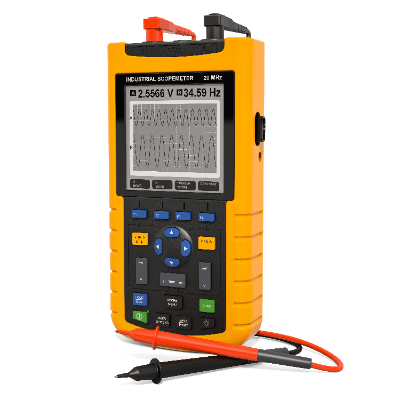 A handy oscilloscope is a small oscilloscope designed for outdoor use and can be operated by batteries.
A handy oscilloscope is a small oscilloscope designed for outdoor use and can be operated by batteries.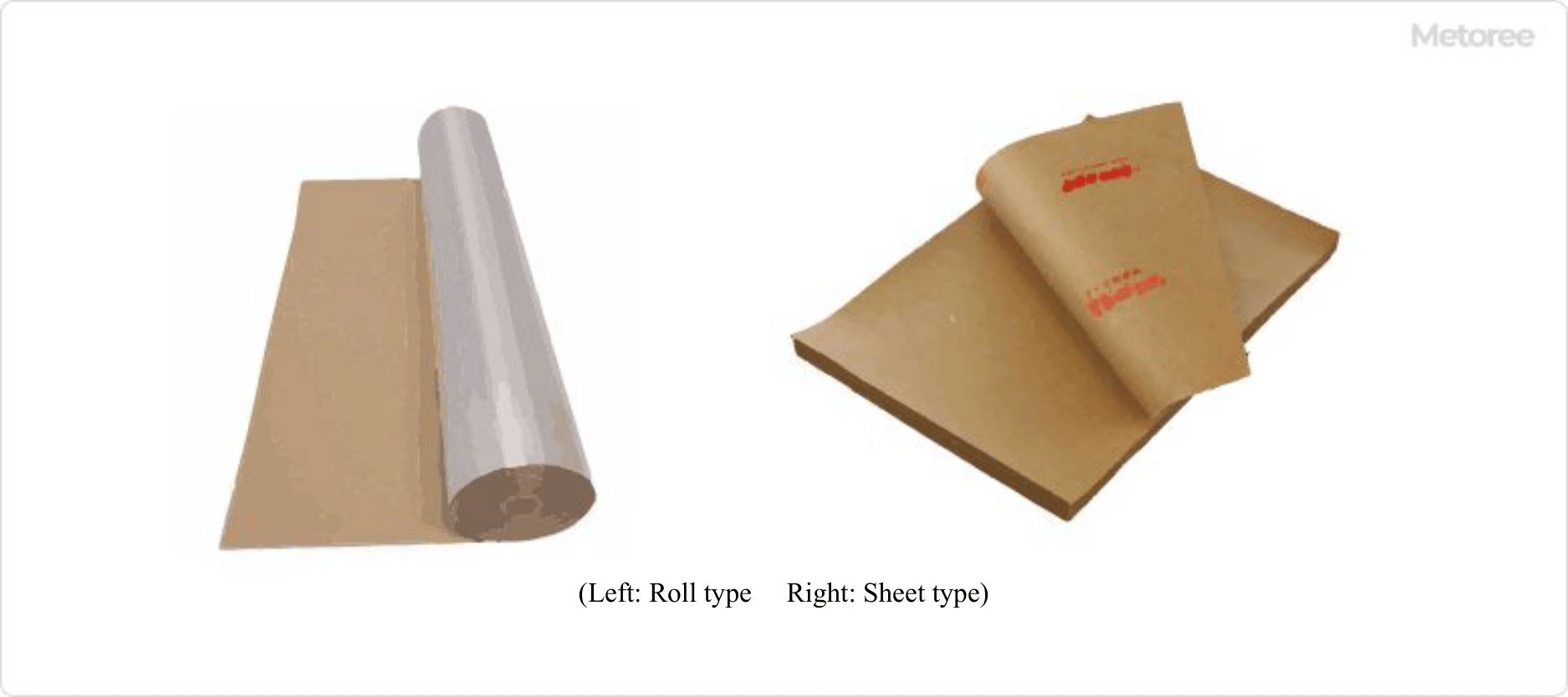
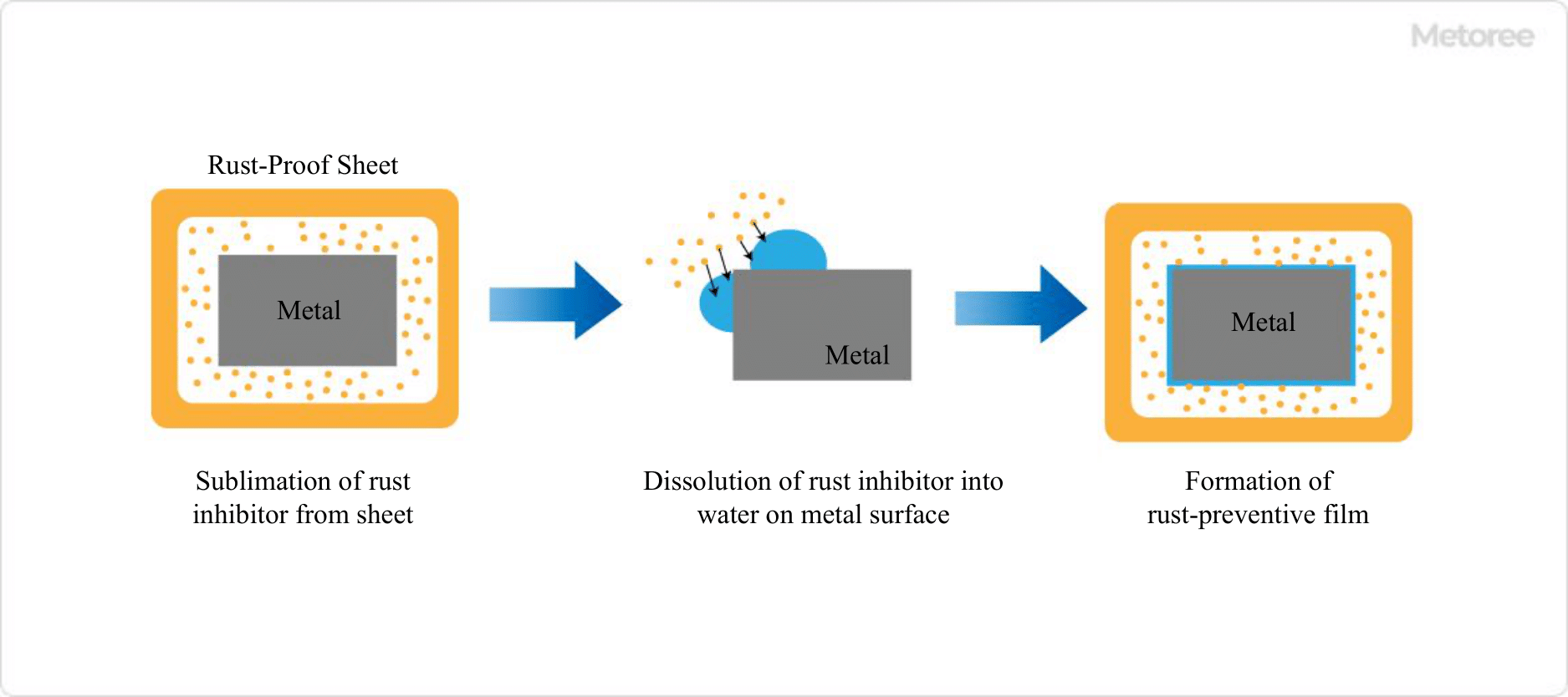
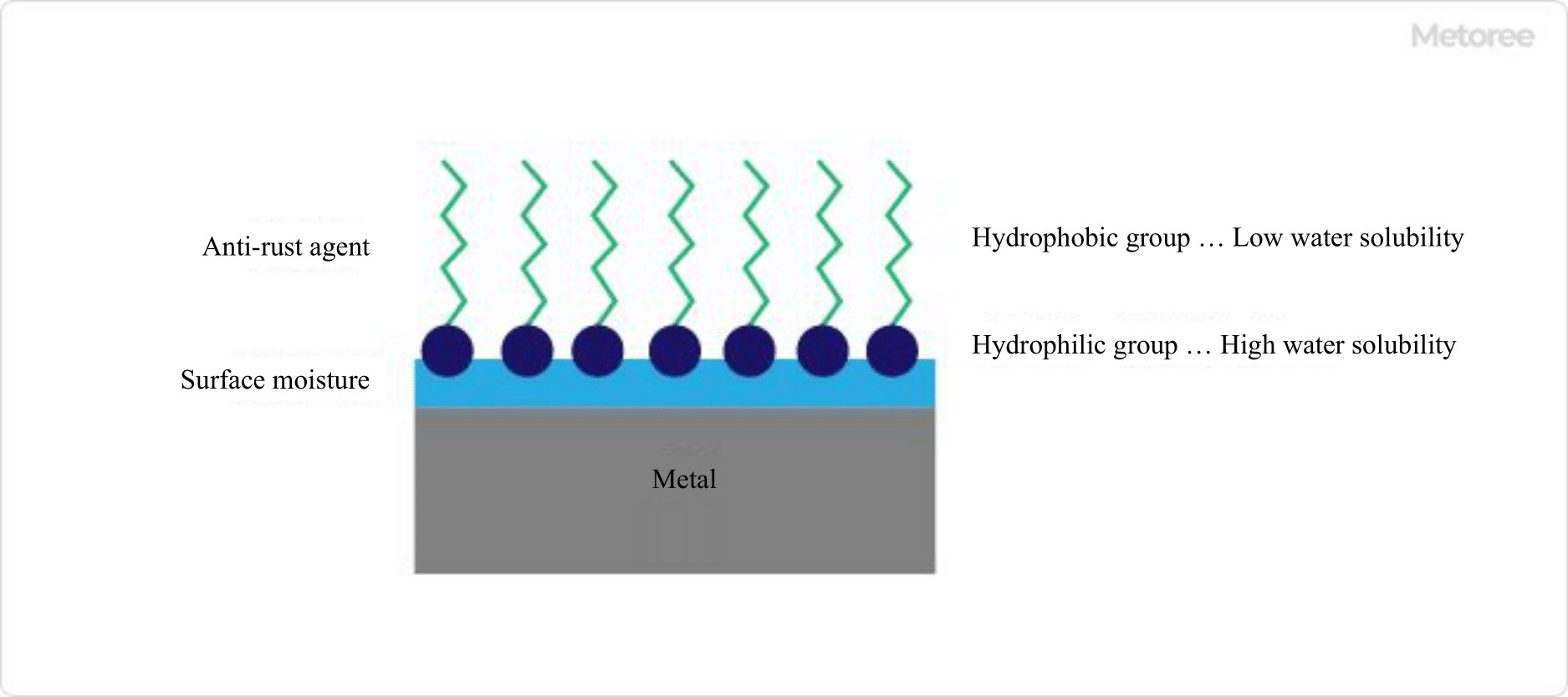
 Disposable protective clothing is protective clothing intended for onetime use only.
Disposable protective clothing is protective clothing intended for onetime use only.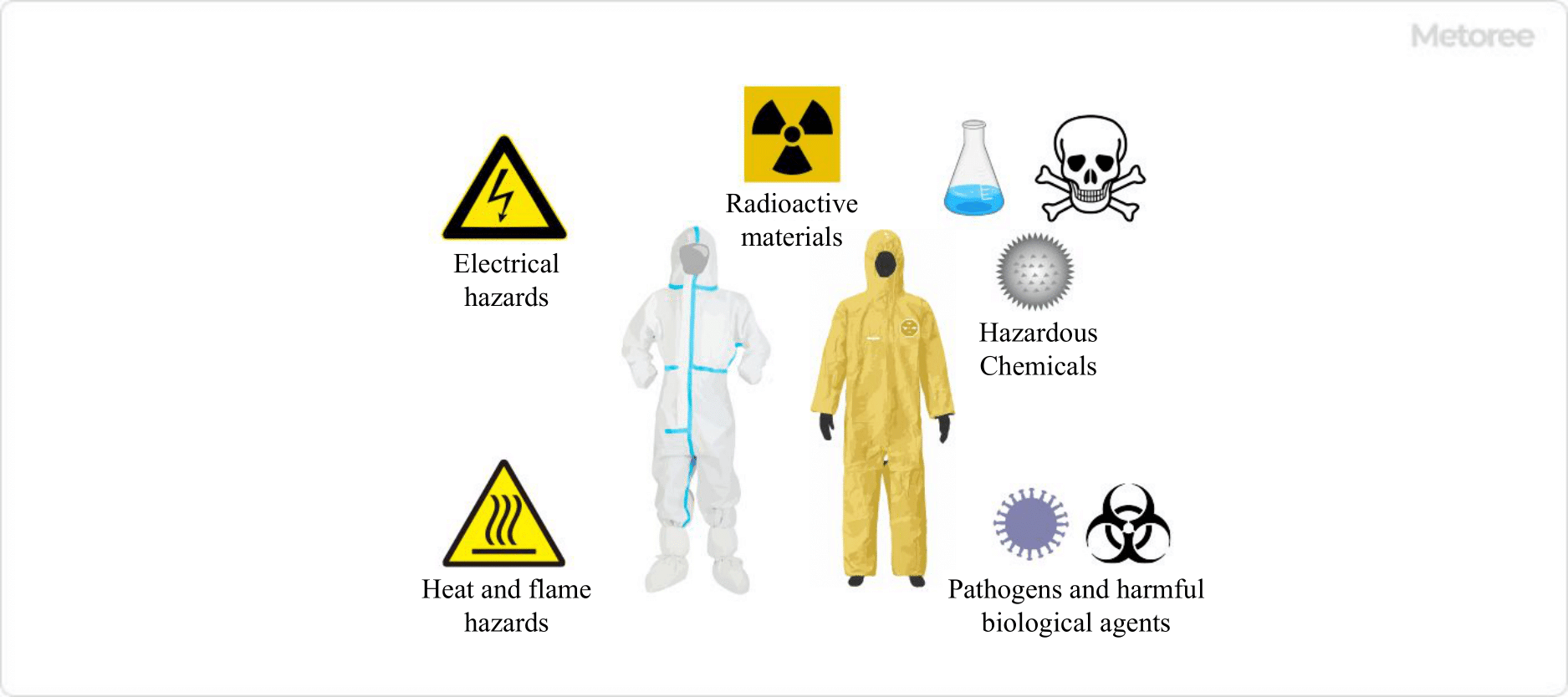

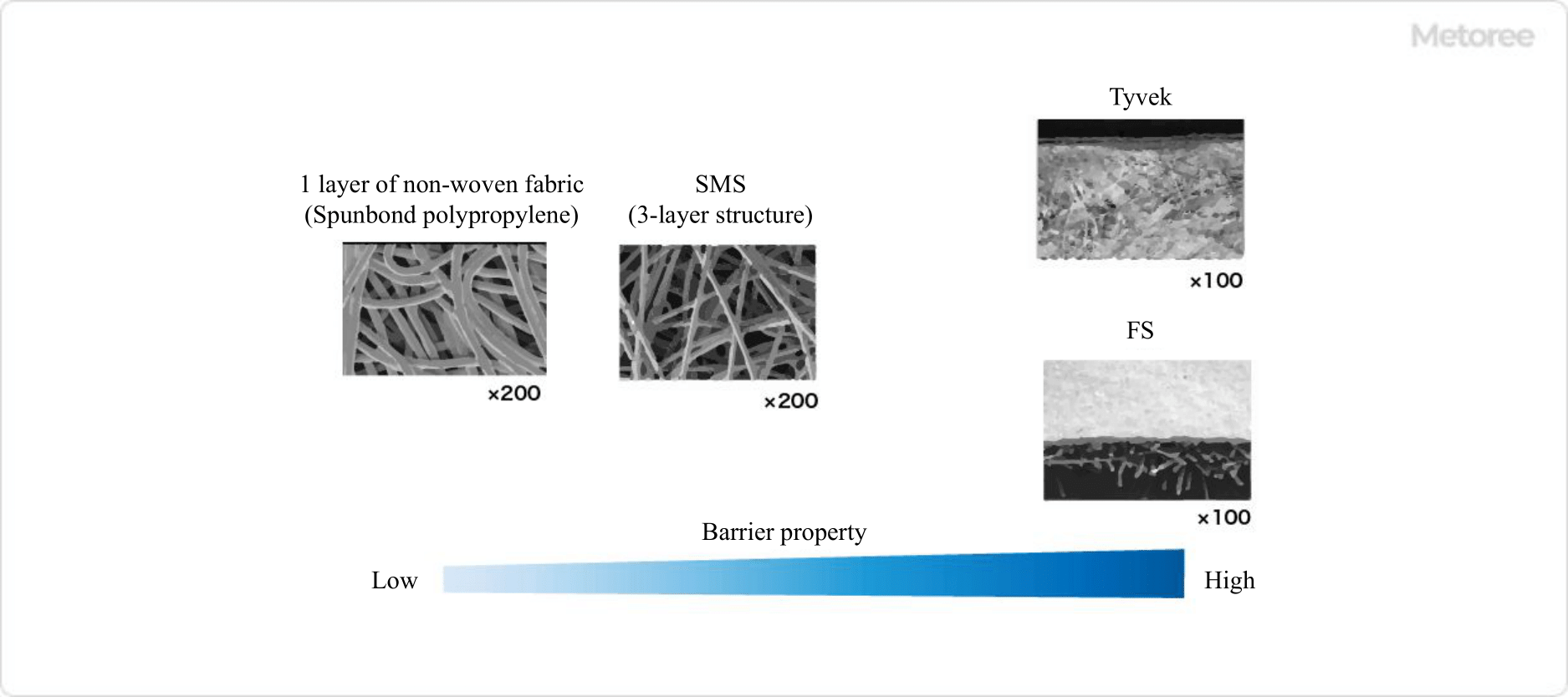
 A disposable white coat (disposable lab coat, single-use lab coat) is a lab coat intended for onetime use only. It is worn over plain
A disposable white coat (disposable lab coat, single-use lab coat) is a lab coat intended for onetime use only. It is worn over plain 
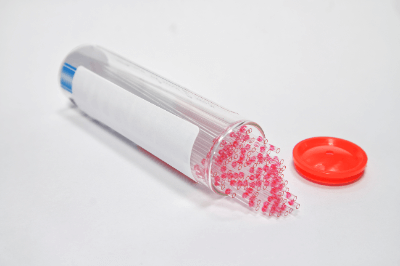 A hematocrit capillary tube is an instrument used in blood testing.
A hematocrit capillary tube is an instrument used in blood testing.